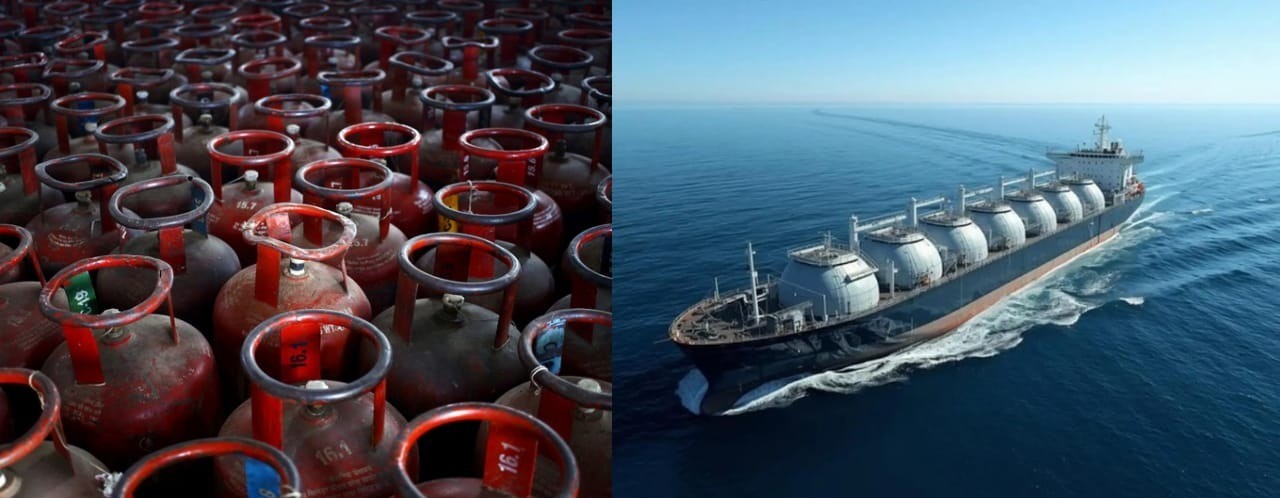India plans to reduce LPG imports from the Middle East, increasing purchases from the US to about 10% of total imports from 2026. This strategy aims to diversify energy sources, ease trade tensions with the US, and stabilize supply amid shifting global energy dynamics.
India is set to reduce its liquefied petroleum gas (LPG) imports from traditional Middle Eastern suppliers like Saudi Arabia, UAE, Kuwait, and Qatar, while increasing its LPG procurement from the United States starting in 2026. This move forms part of New Delhi’s broader strategy to diversify its energy sources, narrow the trade surplus with the US, and strengthen bilateral trade relations.
Diversification of LPG Imports
Indian state refiners such as Indian Oil Corporation, Bharat Petroleum Corporation, and Hindustan Petroleum Corporation have notified Middle Eastern suppliers about the expected cut in LPG purchases.
The government aims to source about 10% of its cooking gas imports from the US beginning 2026, facilitated through joint tenders seeking around 2 million metric tons of US LPG.
Trade and Diplomatic Implications
This shift supports India’s efforts to reduce its trade surplus with the US, a key point of contention between the two countries amid the ongoing tariff disputes under President Donald Trump’s administration.
During Prime Minister Narendra Modi's visit to Washington earlier this year, India committed to raising its energy imports from the US from $10 billion to $25 billion, reflecting strengthened bilateral trade ambitions targeting $500 billion by 2030.
Impact on Middle Eastern Suppliers and Pricing
Middle Eastern LPG producers, who supplied over 90% of India’s LPG imports in 2024, are responding to these changes by adjusting prices. For instance, Saudi Aramco recently cut the official price of propane by $25 per ton, signaling competitive market dynamics.
India’s increased US LPG imports are expected to come on a delivered basis, optimizing supply costs and logistics amid shifting global energy markets.
Strategic Energy Security and Future Outlook
The diversification aligns with India’s energy security goals, ensuring a stable and competitive supply of LPG for domestic consumption, which is subsidized and distributed for cooking fuel needs.
The move signifies India’s proactive stance on balancing supplier dependencies while leveraging emerging opportunities in global energy trade.
Sources: Economic Times, Reuters

